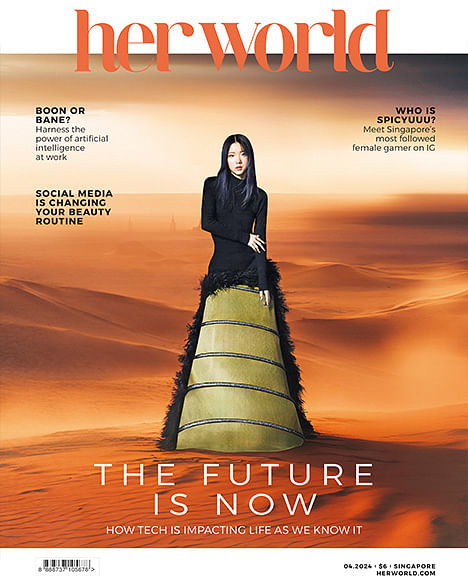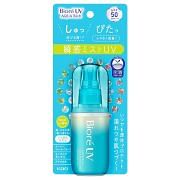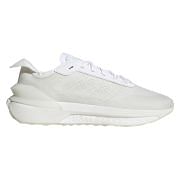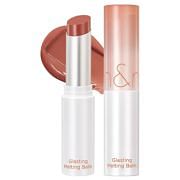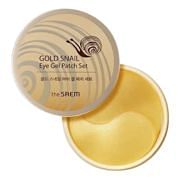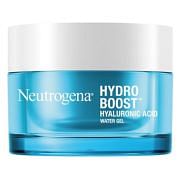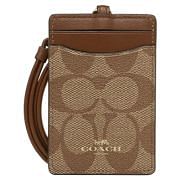Thinking of popping to the shop for some kale to have with your dinner? That’s so 2014! Things have moved on in the superfood stakes, and now any self-respecting health food lover should apparently be tucking into seaweed.
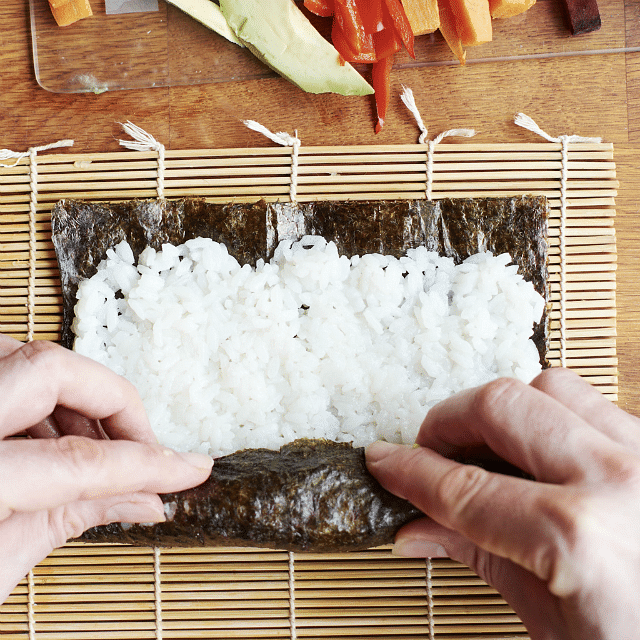
Image: Cover Media
Wondering why kelp is such a keeper? Well it boasts high levels of calcium, which is crucial for strong bones and to keep your heart, nerves and muscles functioning well and has been linked to protecting the body from some cancers and high blood pressure. Seaweed is also rich in iodine, which has a big part to play in keeping a steady metabolic rate and contains natural antioxidants.
Nutritionist Geeta Sidhu Robb is particularly interested in the iodine aspect of kelp, as she believes many women should be. She estimates that around 70 per cent of women don’t have enough in their bodies, which can lead to a host of problems.
“Iodine nourishes the thyroid gland, the powerhouse of the metabolism. It’s the one thing that most people have out of balance when fatigued,” she told British newspaper The Daily Mail’s Femail section.
“Kelp and kale are different as they do different things. But it does have iodine which kale doesn’t and magnesium and calcium which kale does. So if you take kelp it does have everything in it.”
If you’re still not convinced, kelp also includes vitamins A, B1, B2, C, D and E, as well as magnesium and potassium. It’s an anti-inflammatory too and can boost the immune system. It also has a lot of protein, making it a good choice for vegetarians, plus, because it grows fast, it’s sustainable.
All fine and good, but how are you supposed to eat it? Kelp has been a staple among Asian diets for years, so it makes sense to look there for tips and tricks. One of the key things to remember is that there are different kinds; red algae is used as a wrap for sushi, brown and green versions often come in salads and it can also be bought dry or in pill-form from health food shops.
Try including it in soups and salads, and once you have a taste for it, you might even find yourself crunching versions for an afternoon snack! Blue/green algae is also a great inclusion to morning smoothies, plus you can get kelp noodles too. — COVER MEDIA

